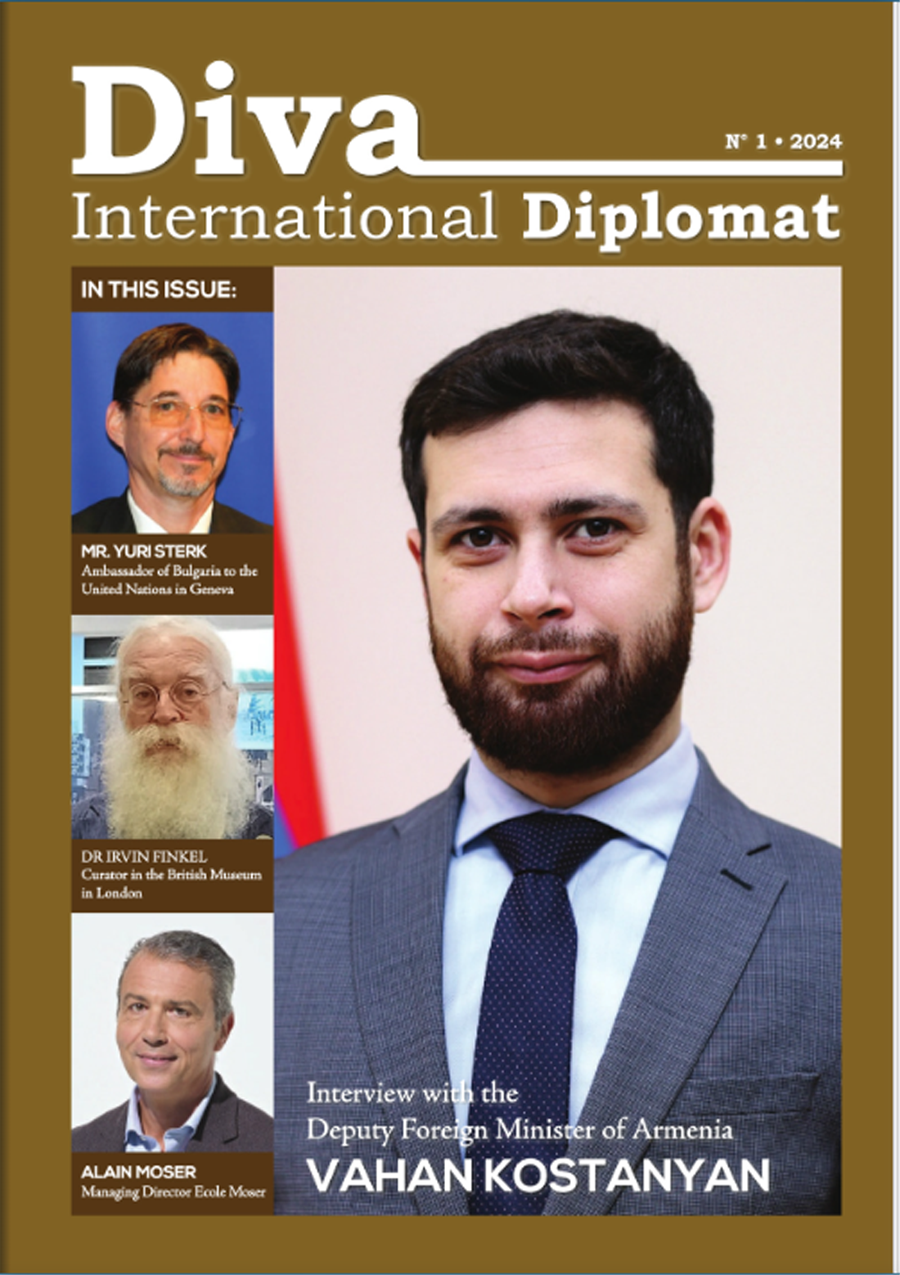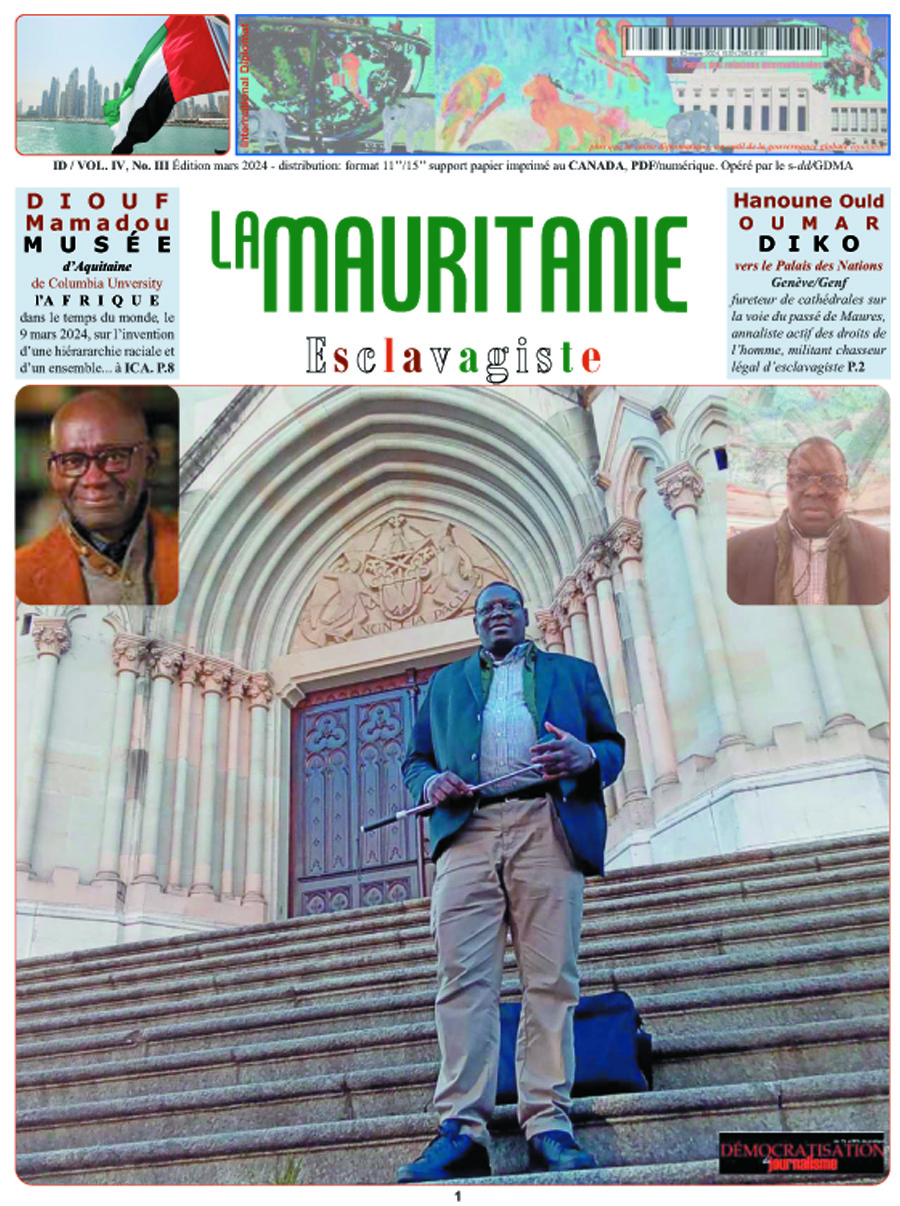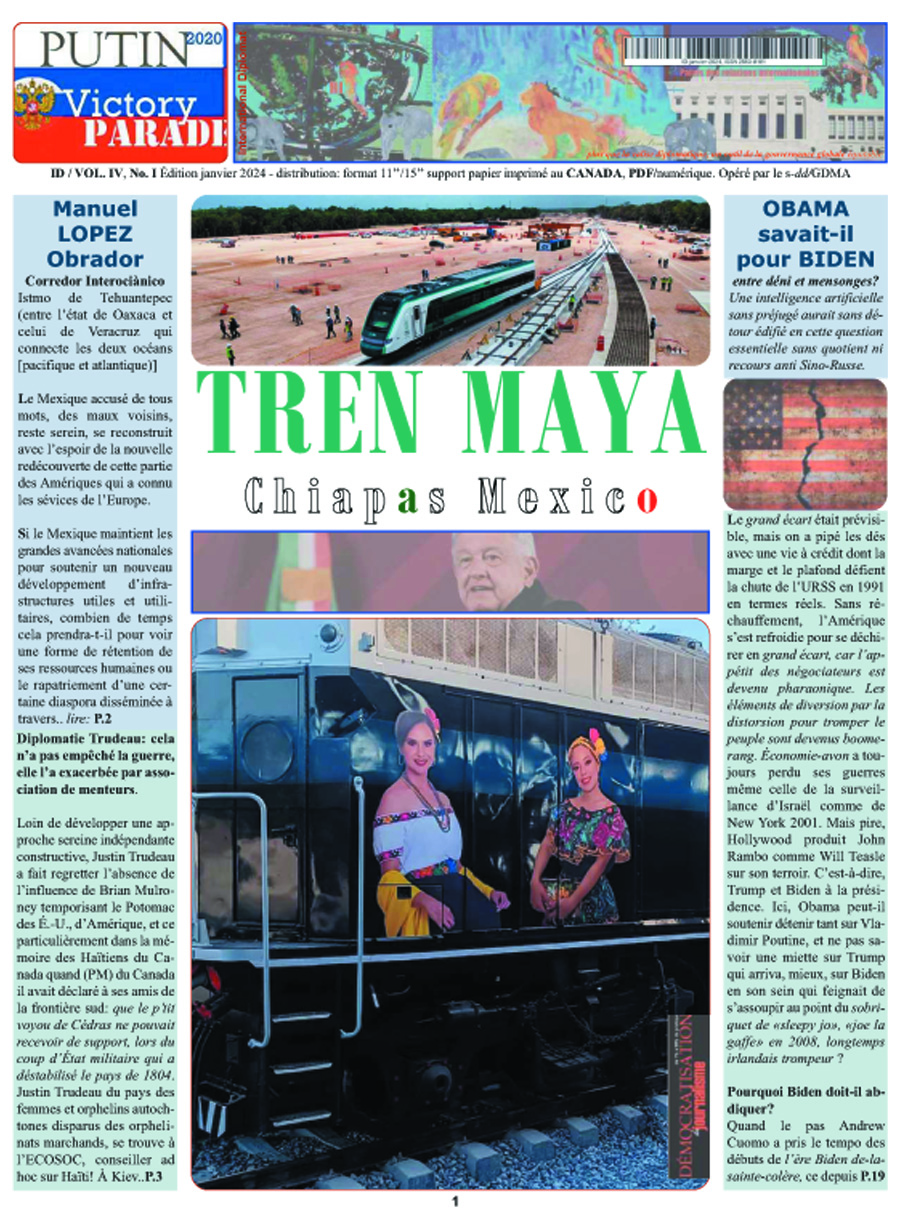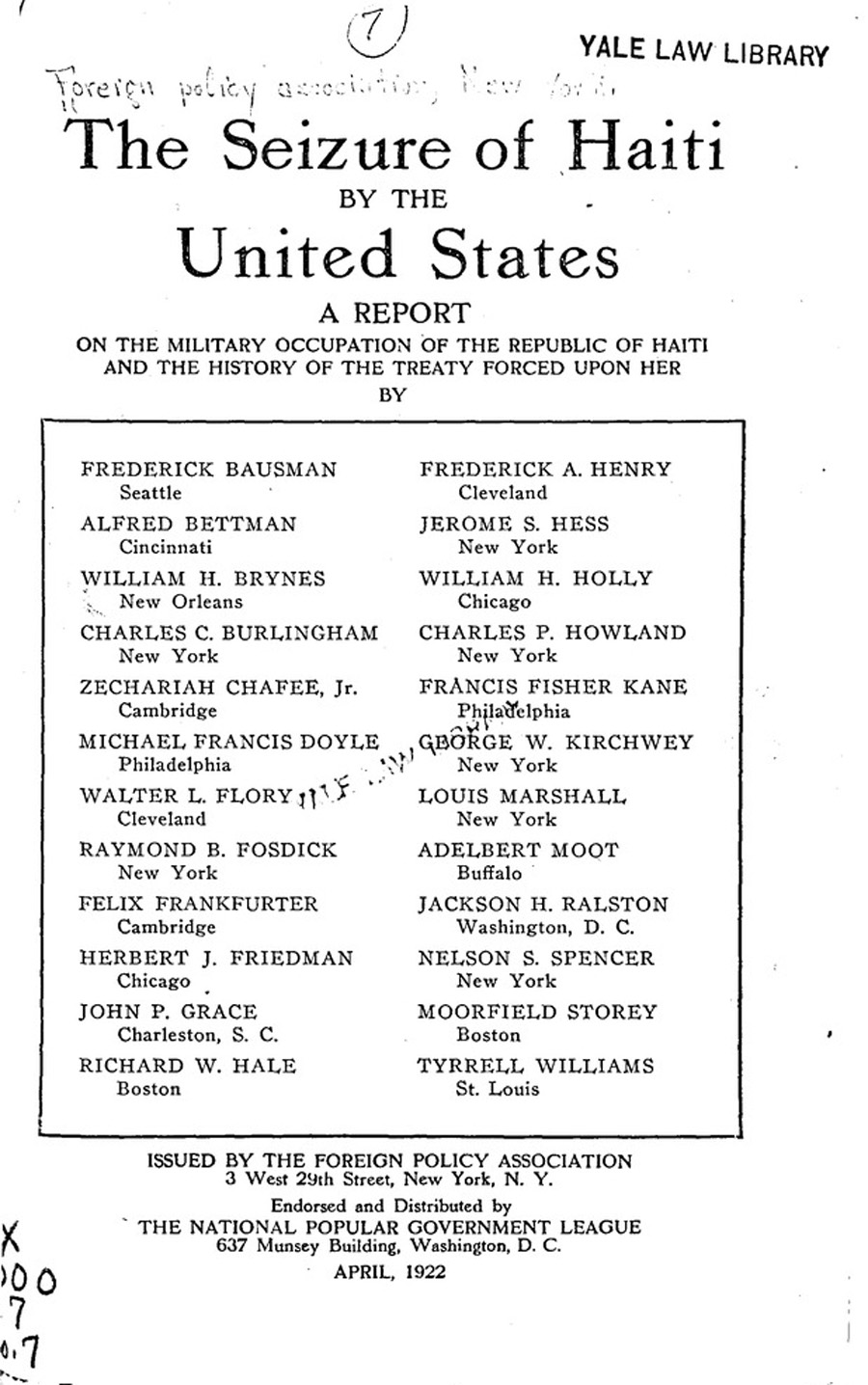Over the last three decades, Reza’s photographs have been displayed on many of National Geographic magazine’s most notable covers and have been published in major international publications. Yet there is much more to the man than his camera. In 1991, he was a consultant to the United Nations in Afghanistan, helping distribute food to warn-torn parts of the country. Reza is the also founder of Aina (The Mirror), an international organization dedicated to the education and empowerment of children and women through the use of media and communication.
T.N.: How did it all start?
R. D.: The main reason, probably, is that I wasn’t able to paint. That’s why I picked up the camera. It was very early – 13, 14 years old. For many years I was seeing kids on the streets, and I was disturbed, seeing a lot of poverty and watching people just passing without looking into it, and I thought people should see it the way I see it. I thought I could explain it to people. So I thought, maybe I’m not able to explain it by words, but I could paint it, I could show them. My painting was just drawing a few lines and people would look at it and say, “What the hell is that?”
The day in which I was 14 years old and saw my father’s camera for the first time, I looked through the viewfinder and saw it’s possible to frame the world in front of you. This was something that hit me directly and that was it.
Where does your inspiration come from?
My inspiration mostly comes from people I’ve met. I’m more of a storyteller than a photographer; I just use the camera as a tool. So, all of these stories I’m trying to tell are the stories of the people. And when I say people it includes everything. The environment, to me, is part of the human history.
Do you still paint?
That’s my painting now [displaying a photograph]. I understand you do a lot of humanitarian work and have started your own organization, Aina. Could you tell me a little bit about that? I have spent 25 years working where the human soul has really turned over and you see the brutality of humans – the very extreme brutality. While working with undertreated populations and in refugee camps I realized that there are really two kinds of destruction happening. One type is physical; you can see it in the buildings destroyed by bombs or humans who have lost part of their body. But this is just physical destruction. This is just the part of the iceberg that’s out and we can see it. The real destruction is the destruction of the soul, of the culture, of the human relation. Some people call it trauma.
Then one day I saw on the news that there was a shooting in the US [Columbine High School]. They sent police and ambulances, but immediately after they also sent people to talk to the children. And I realized this is a necessity: if you don’t have people come out of the trauma, then the cycle of violence will continue. A wounded soul takes years to be healed, but a wounded body can be healed in almost a couple of weeks.
Seeing this, I realized that almost all of the help we bring to countries is for physical help. When we want to help them in education, we build schools. But a school is a building. The most important part of education is a different thing: it’s the tools of the education, the teachers, the whole administration of education. So, building the schools, which most of the NGOs do, is just one part of the system. We build roads and say we have done our part for reconstruction. But in reality, because we didn’t take care of the main destruction and we just gave them some nice buildings, they will continue the violence. When someone has seen his parents die, or his friends die, giving him a building is not what he needs. He’s just looking for revenge. So how do we make that revenge come out of his mind?
These are the observations I’ve had while in the refugee camps or around war torn countries for over 25 years. I’ve realized the 21st century needs a new concept for multinational organizations. First, it should be done by the local people. Second, men and women of the culture of communication are the best people to spread peace to their own population. So, the third generation of the international organization, which I call Aina, is the one which is not going for the bed and bread, but is trying to help the wounded souls. I started by looking for the worst country in the world, which was Afghanistan in 2001. War had been going on for 25 years, there was no infrastructure, the whole country was destroyed: no cities, no water, no phones. It was the worst laboratory.
So I created a center for women, especially, and men dealing with communication: graphic designers, journalists, photographers, everything. The main concept was the training. We started the first independent media in Afghanistan, which is called Kabul Weekly (now it’s like Le Monde or the New York Times of Afghanistan). Then we created a magazine for the children distributed for free. We created a radio station for the women, called Afghan Women Voices, and it is broadcast 11 hours a day now, 5 million women are listening to it. In 2003, we trained the first ever Afghan women to make a documentary. After 9 months, they were nominated for an Emmy Award. But, the most important part for me was they had something significant to say. You don’t get nominated for an Emmy by taping flowers. This is the whole concept of the new international organization, which I call Aina. It has really been a test for the real organization which I’m working on now. It’s going into many other countries. So it started off with a sort of grassroots operation, and now you are planning to branch out?
Yes. The concept is very new, but it’s gaining much interest from many universities and researchers – Stanford University, Missouri University, the school of journalism at Columbia, the American University of Paris, George Washington University – and many foundations – National Geographic Society and Ashoka Foundation. They are all coming around it, examining it and seeing how it is going. All of them now approve of the whole project and they are helping me to launch the new organization.
This will go to a number of places in Africa and Asia. But we are also starting a project in Sicily and in the suburbs of Paris – it is where civil society is damaged. The whole concept of Aina is how we can help the local population to reconstruct the damaged civil society. Why did you accept to take part in this exhibition [Making Peace]? Everything I’m doing is to create peace. My last book published is called War + Peace – it’s my work from war zones. Through all of my experience in the war zones, I have become probably the most ardent pacifist in the world. I have seen the real brutality of war. And once you have seen it the main goal for all of your life is peace, and peace education. I believe peace education is very important for humanity because it is the only way to make a better world. And it has to start with the children. It is teaching children what peace is so the next and next generation will strive for peace. So, coming here and being part of it is what I’m doing all over the world. I am moving for them [pointing to a picture of a child]. I am their voice.
Tyler Nelson





